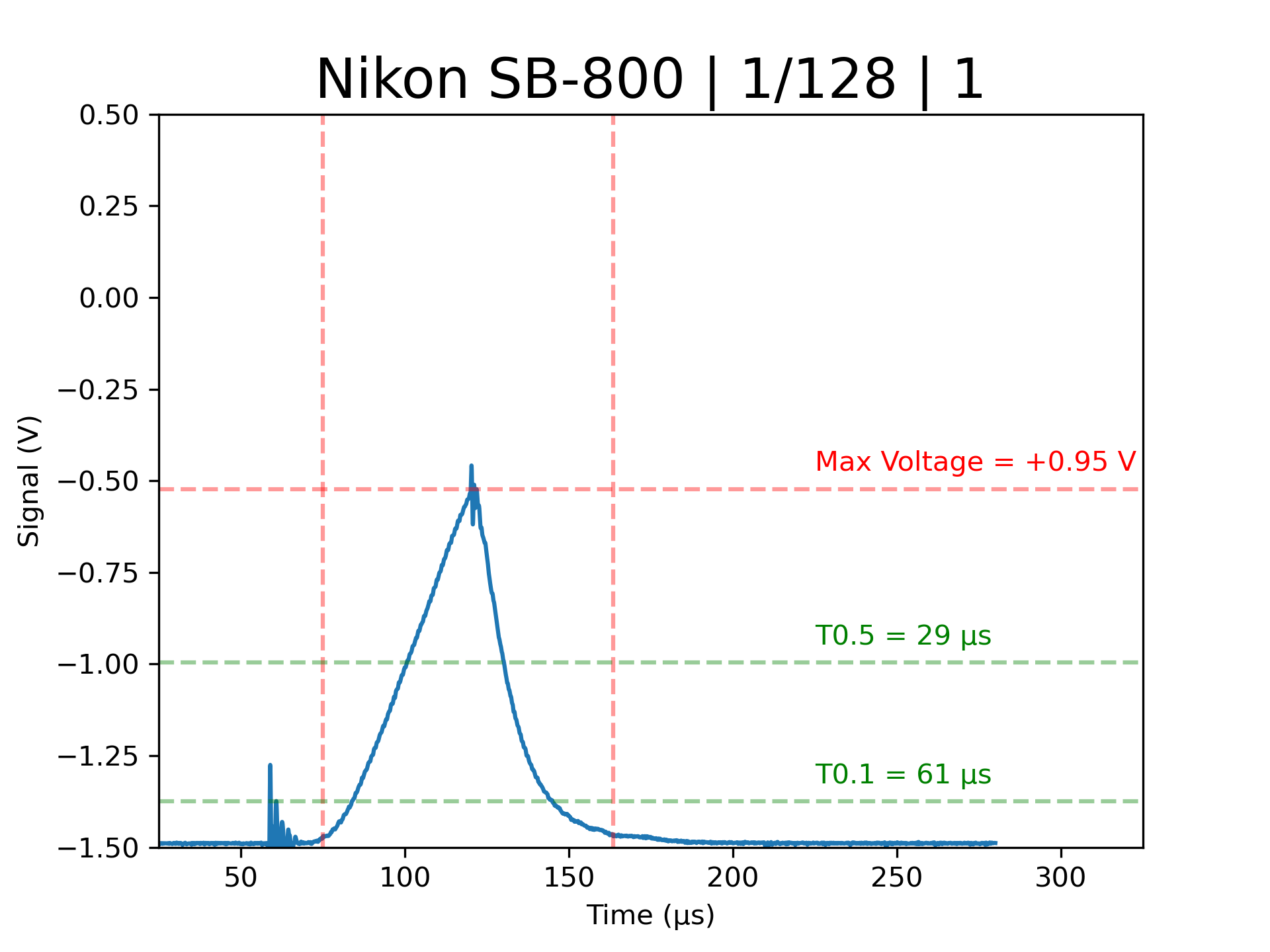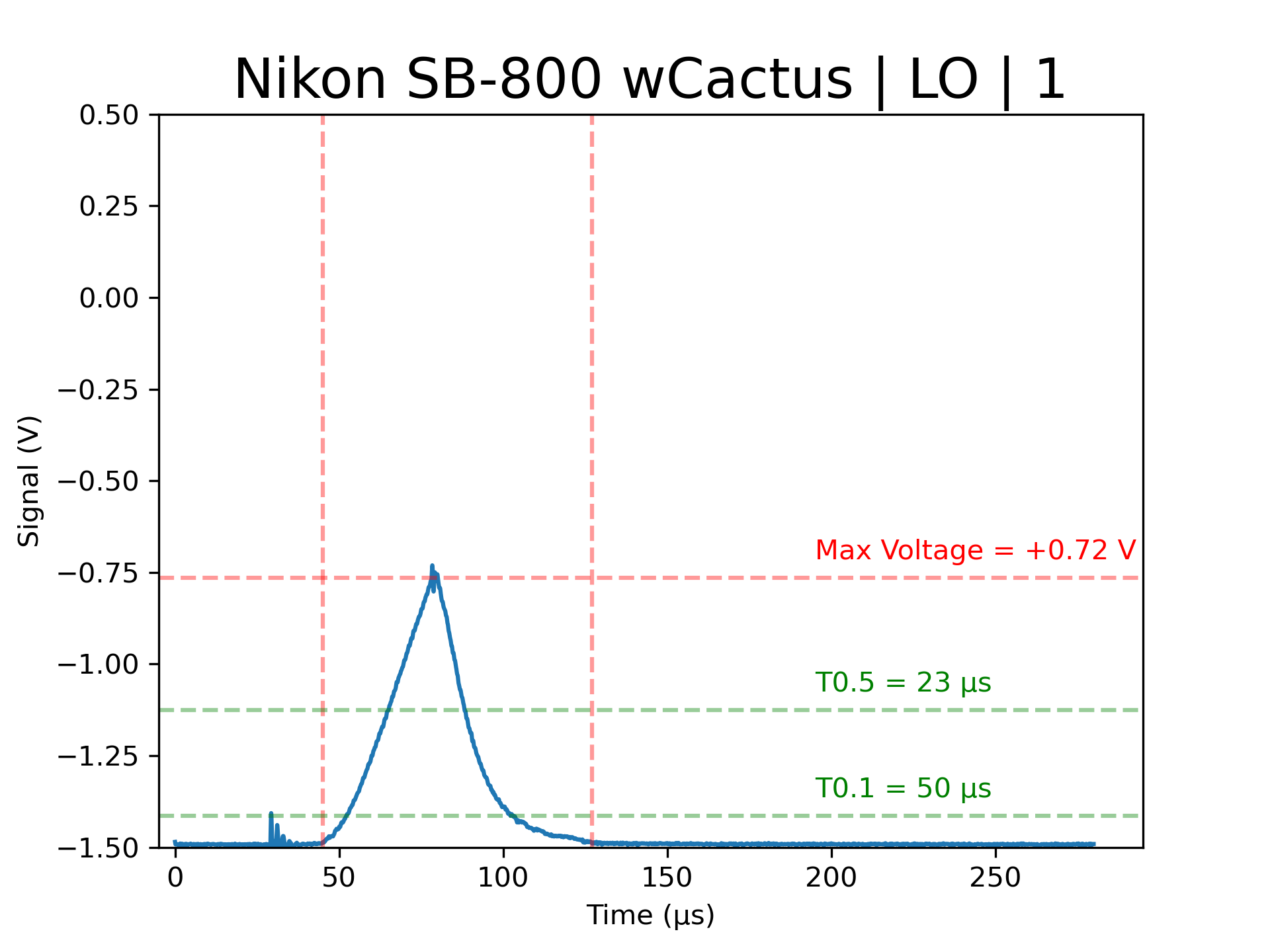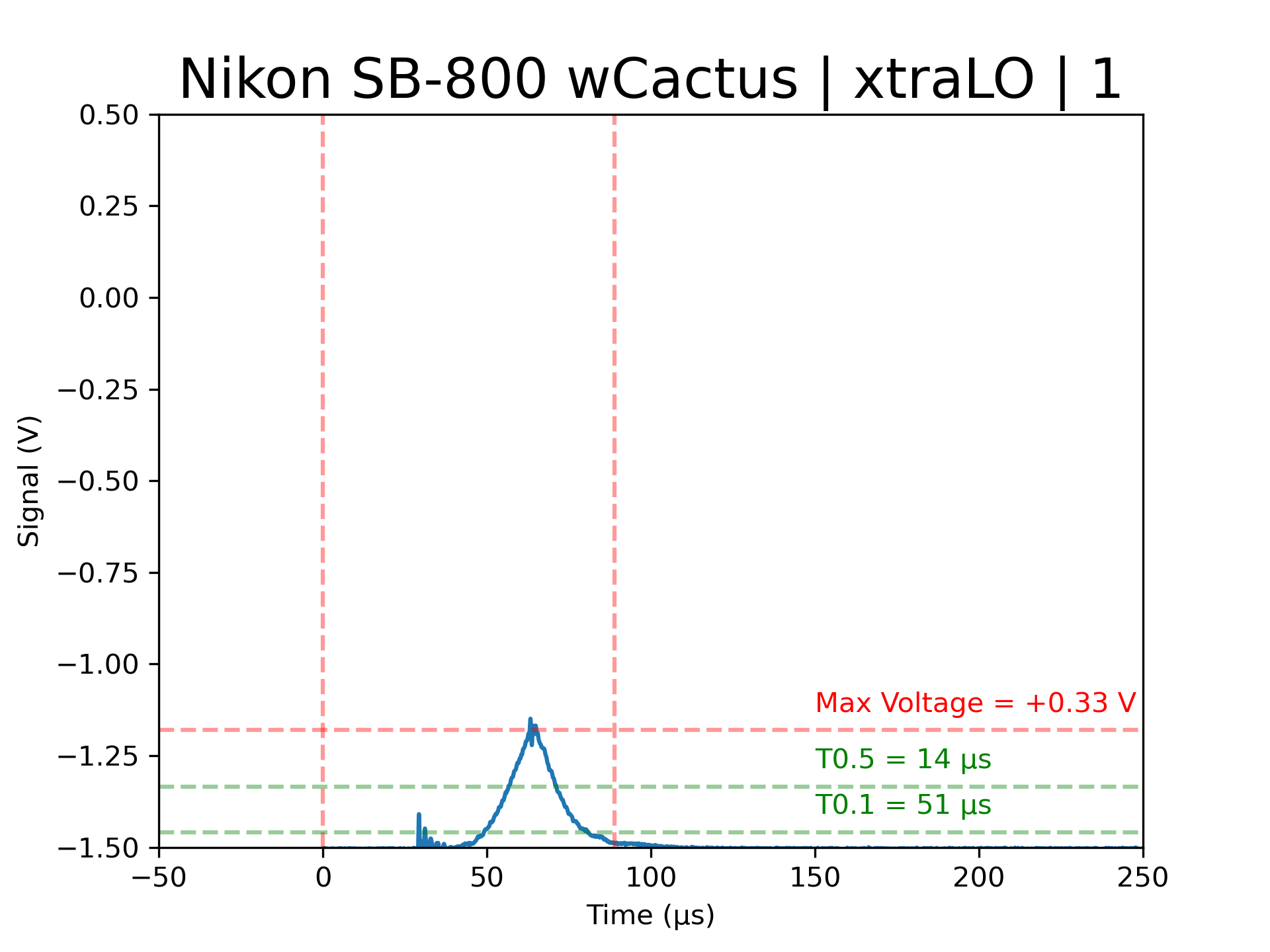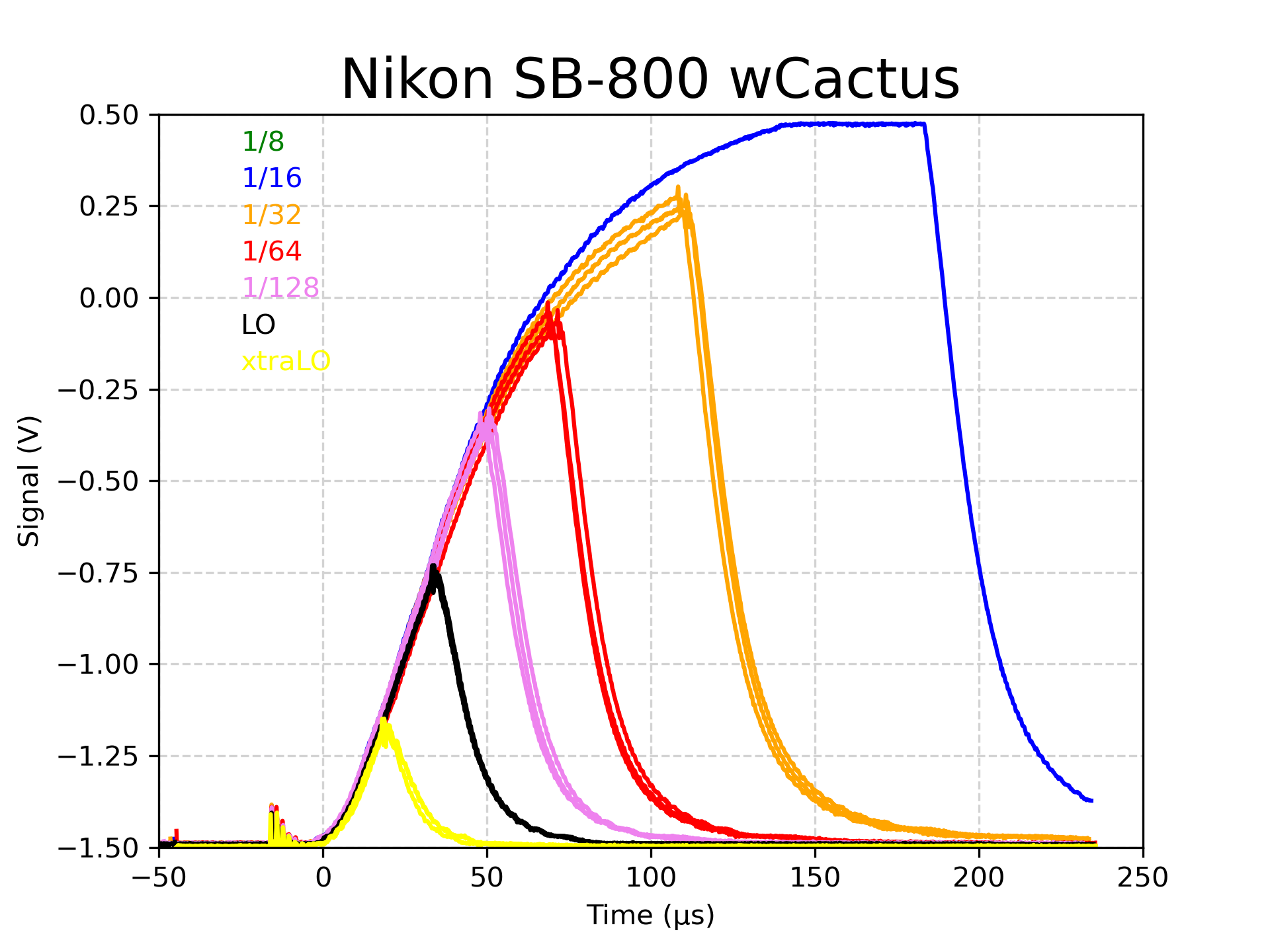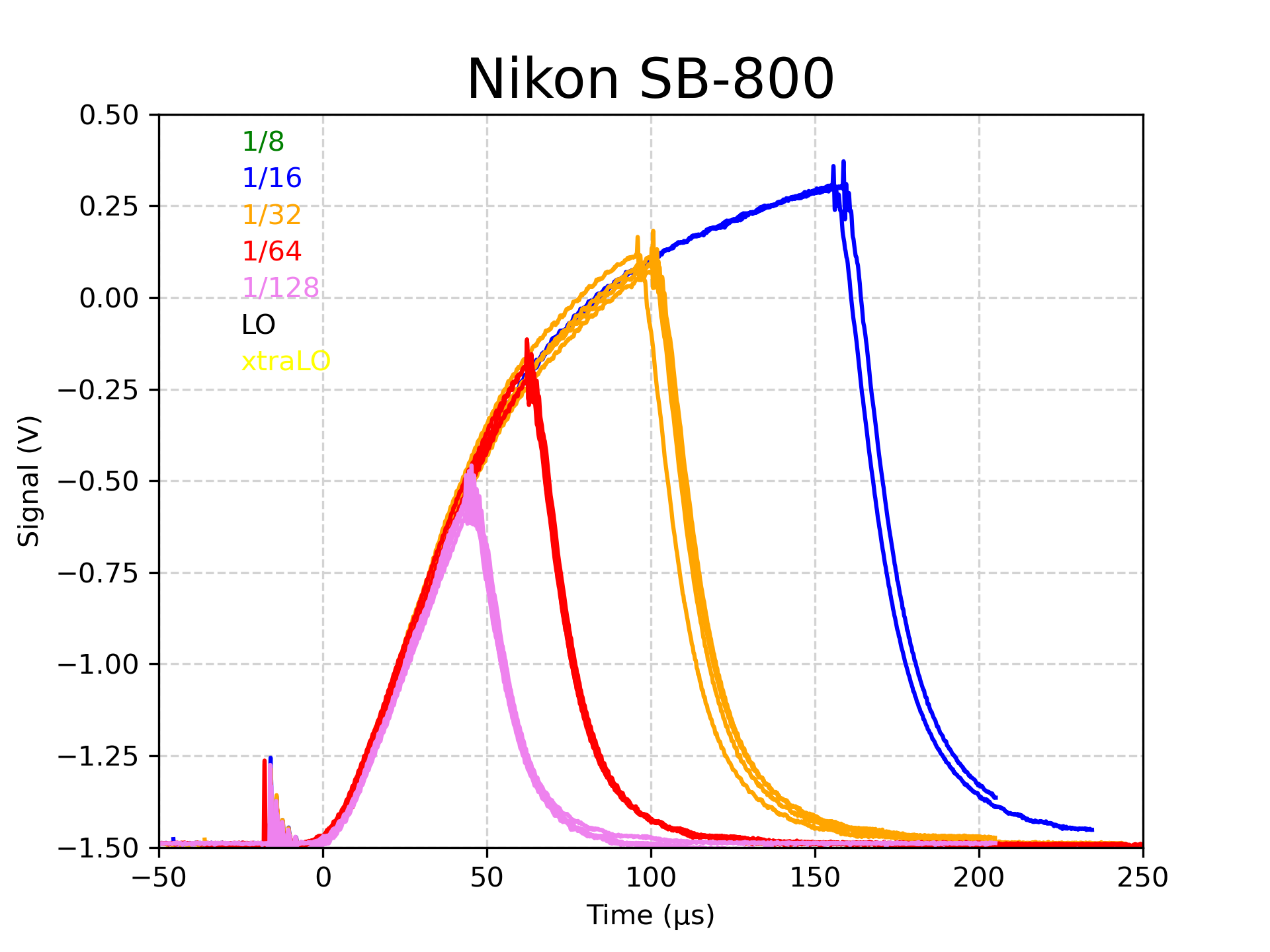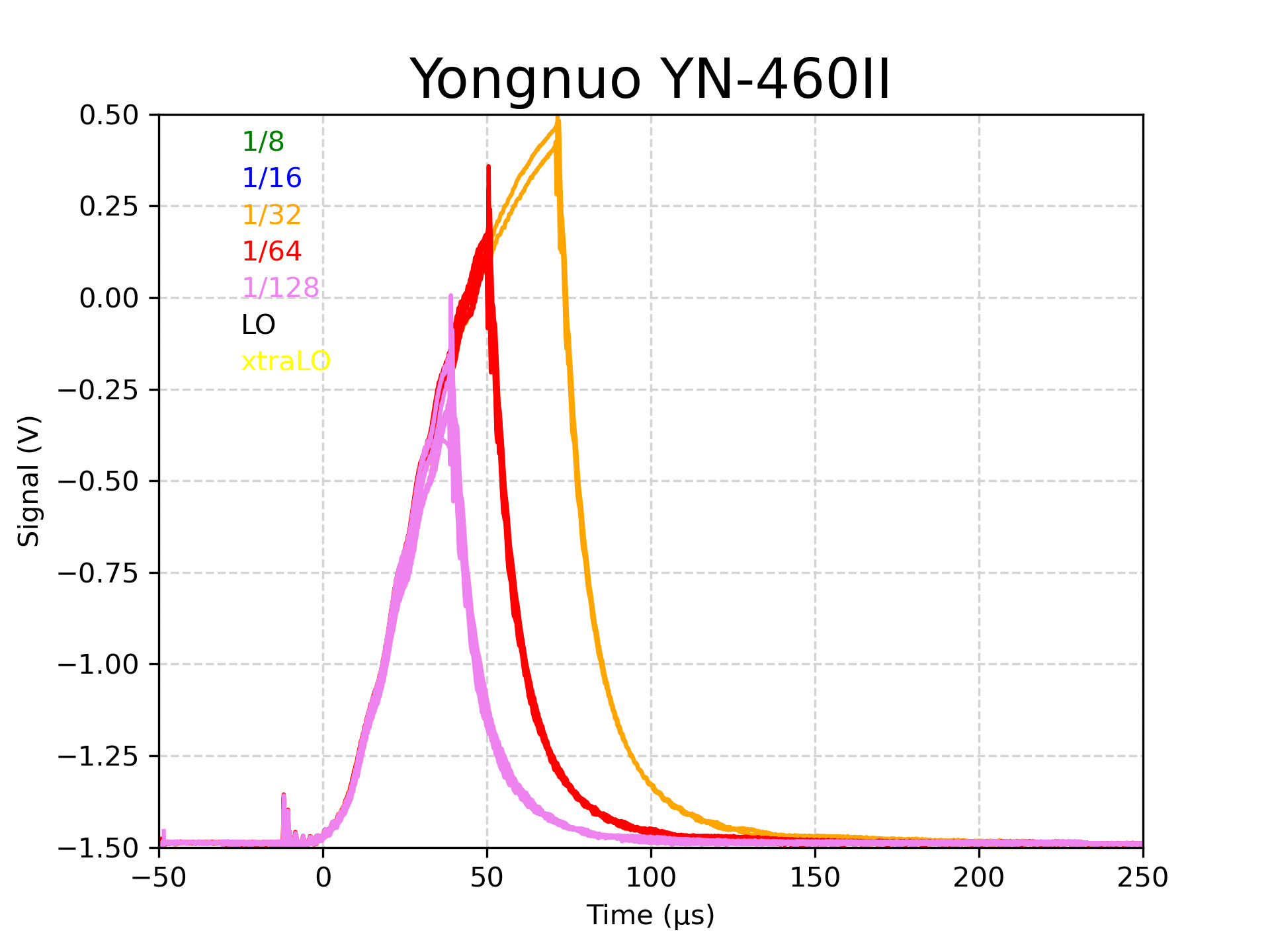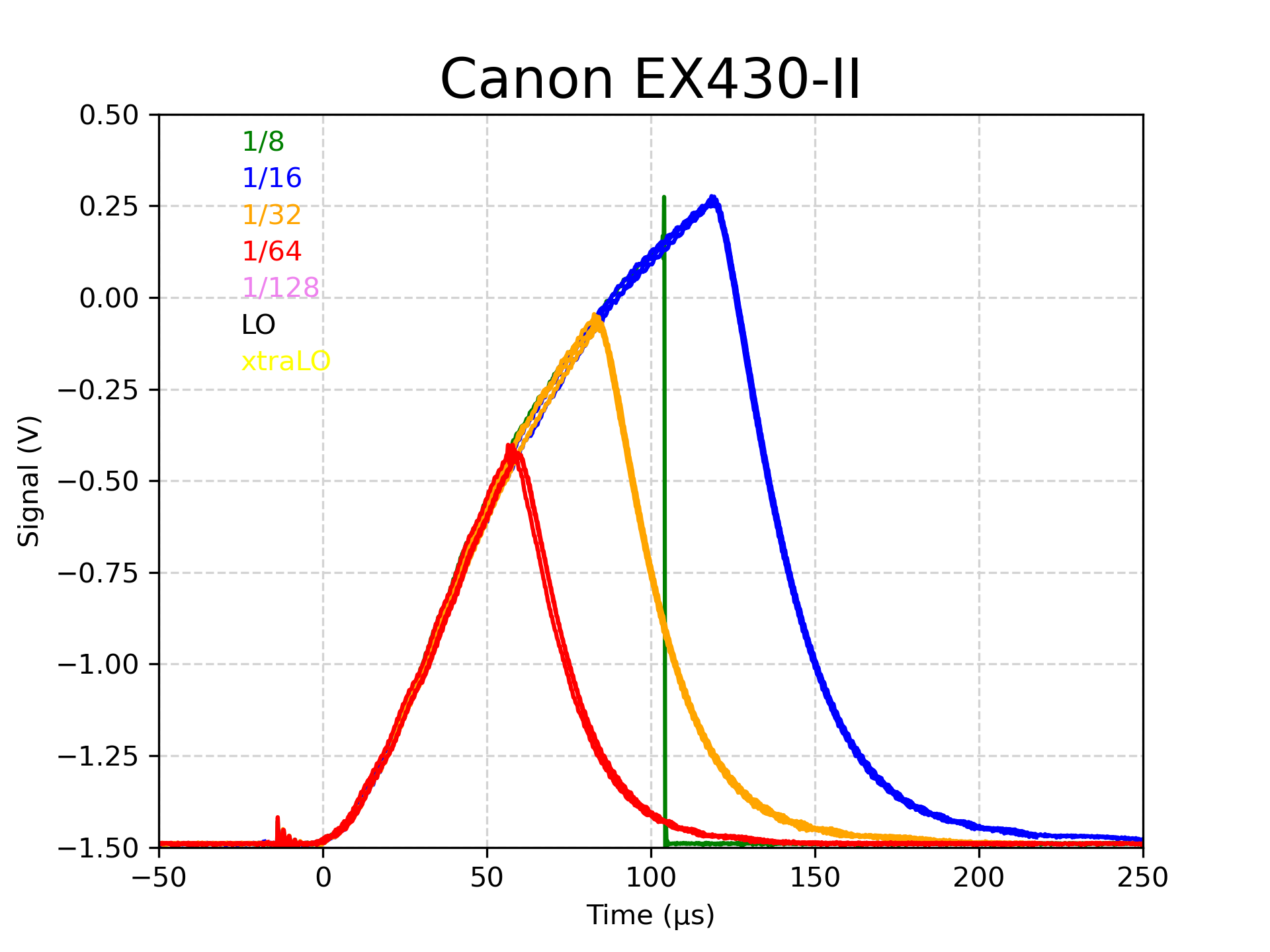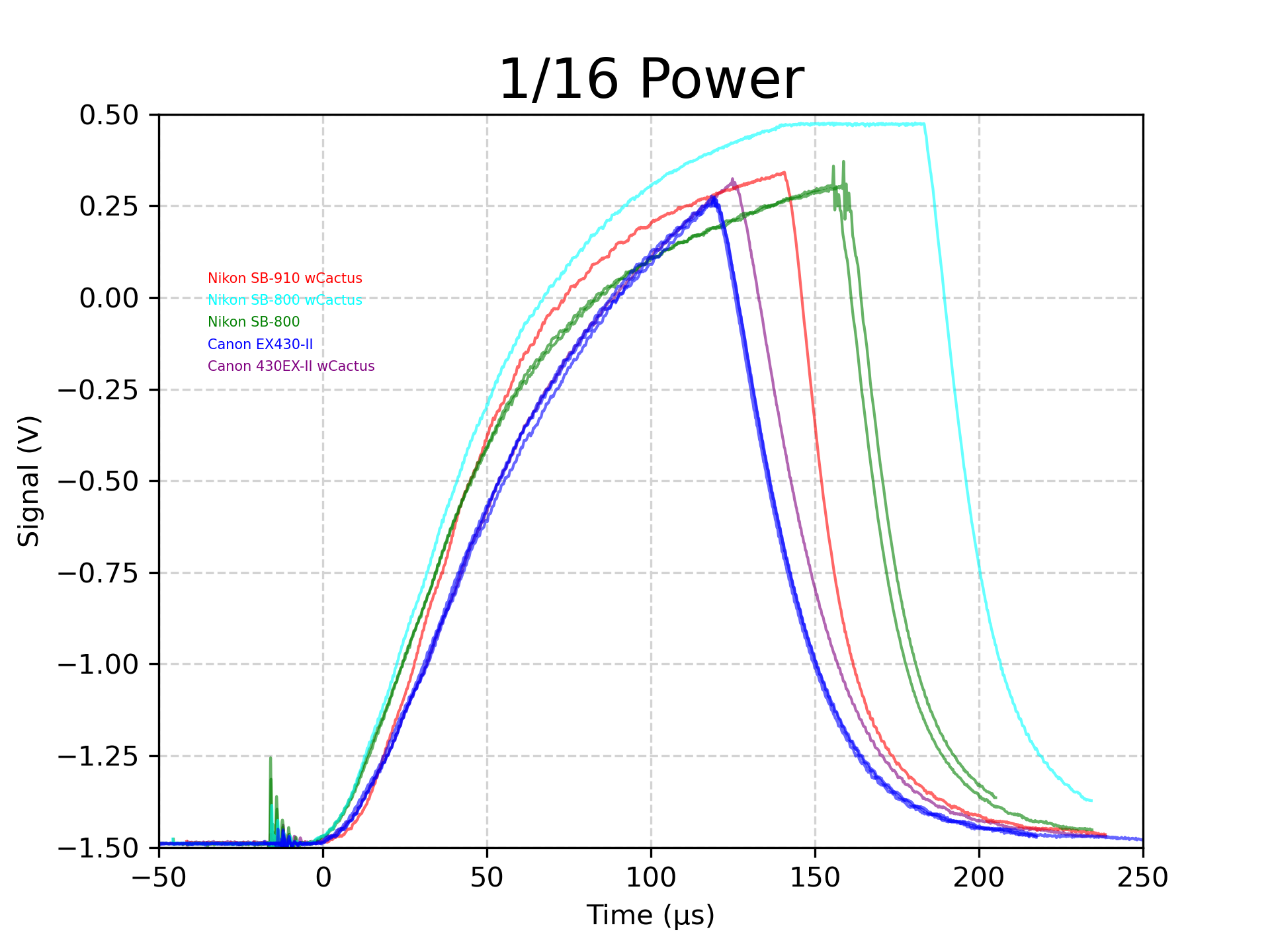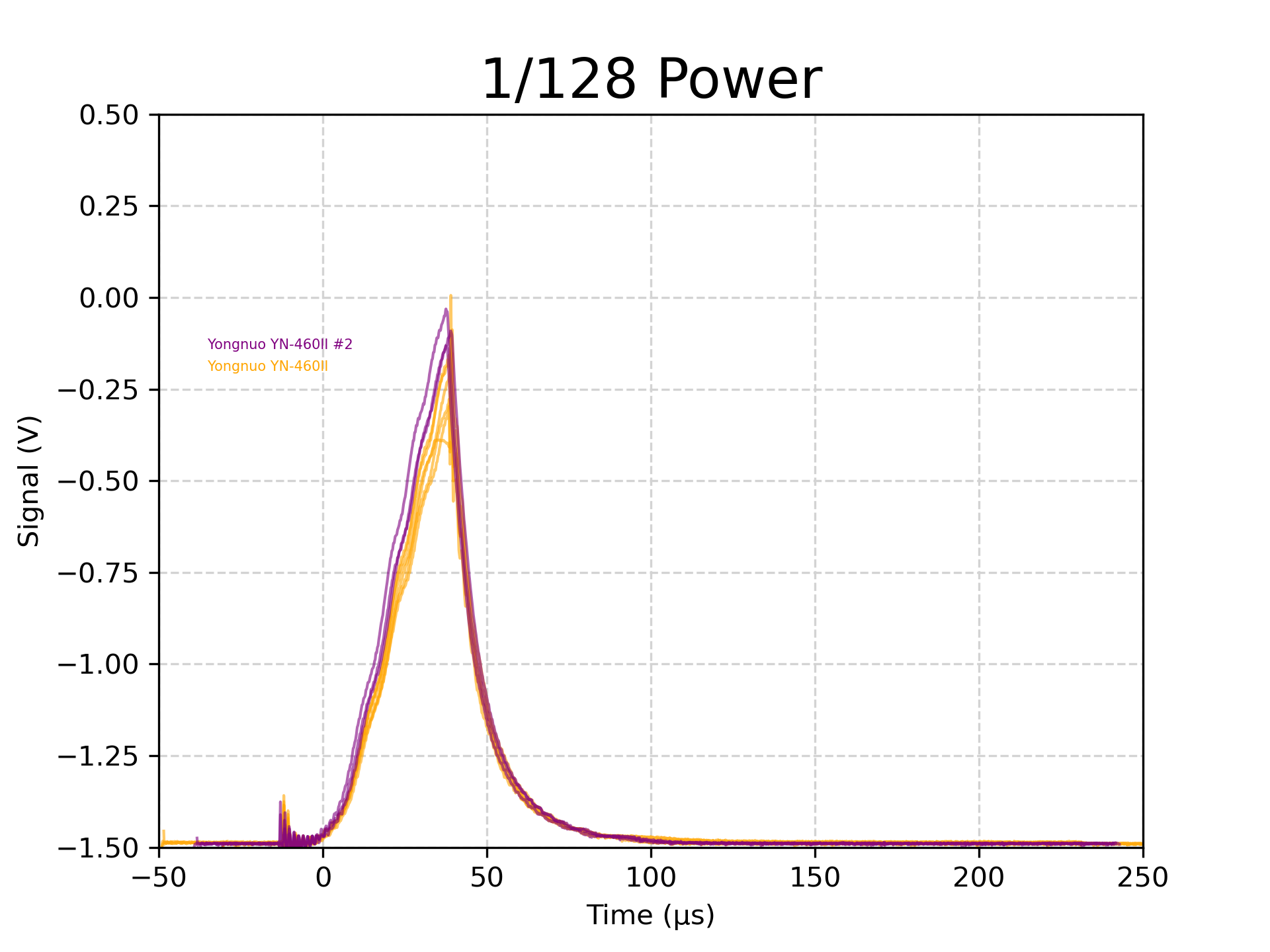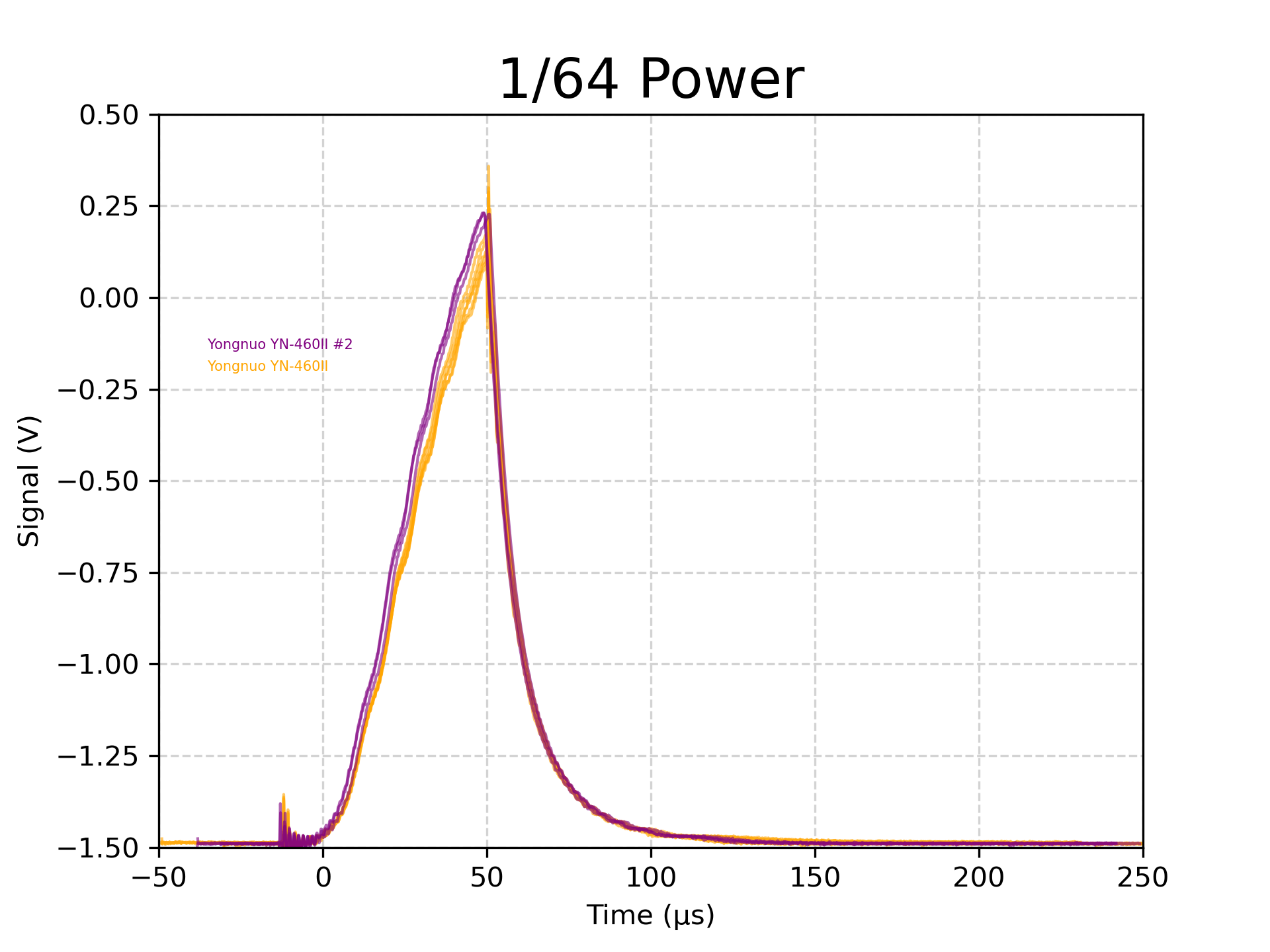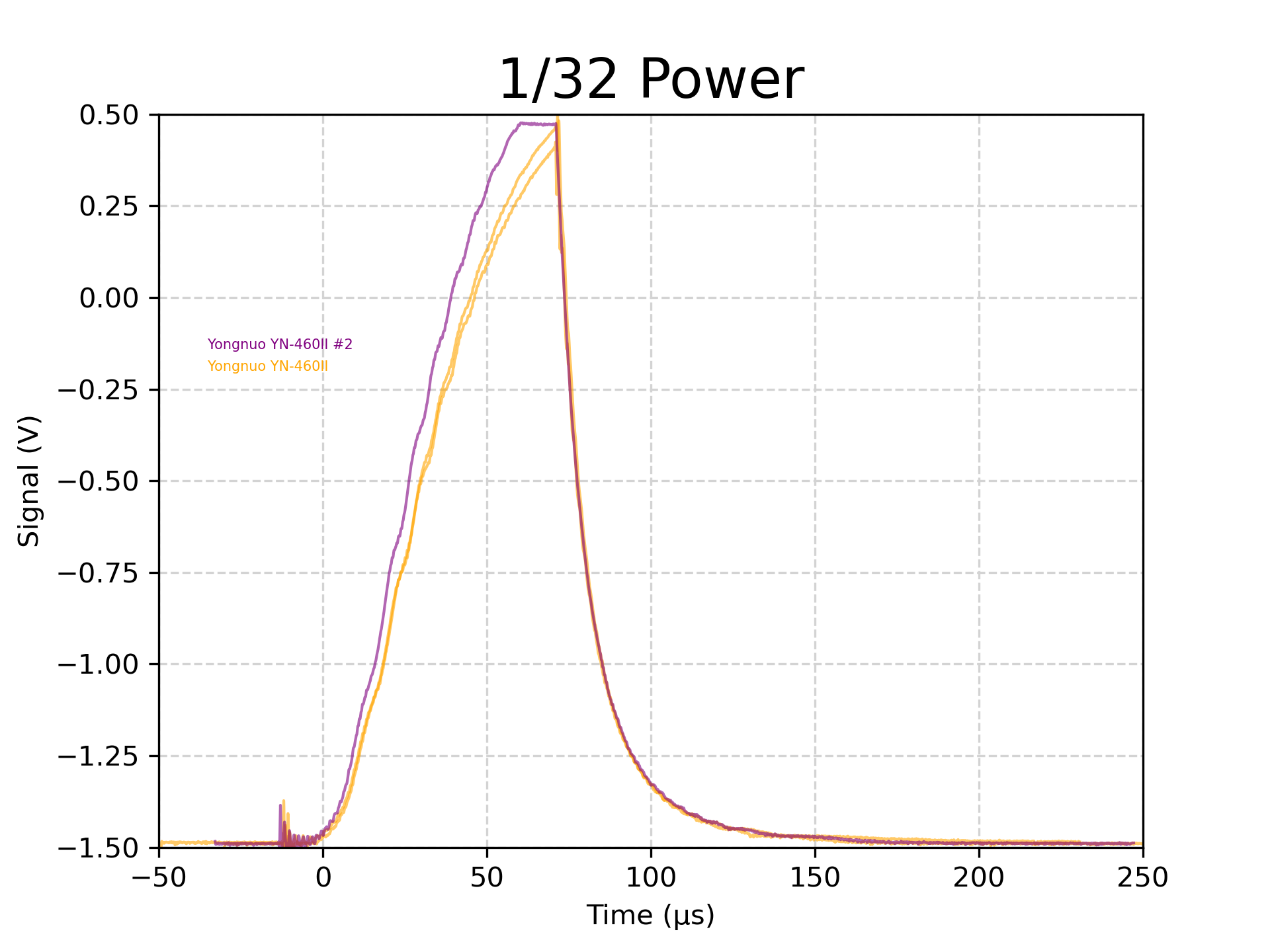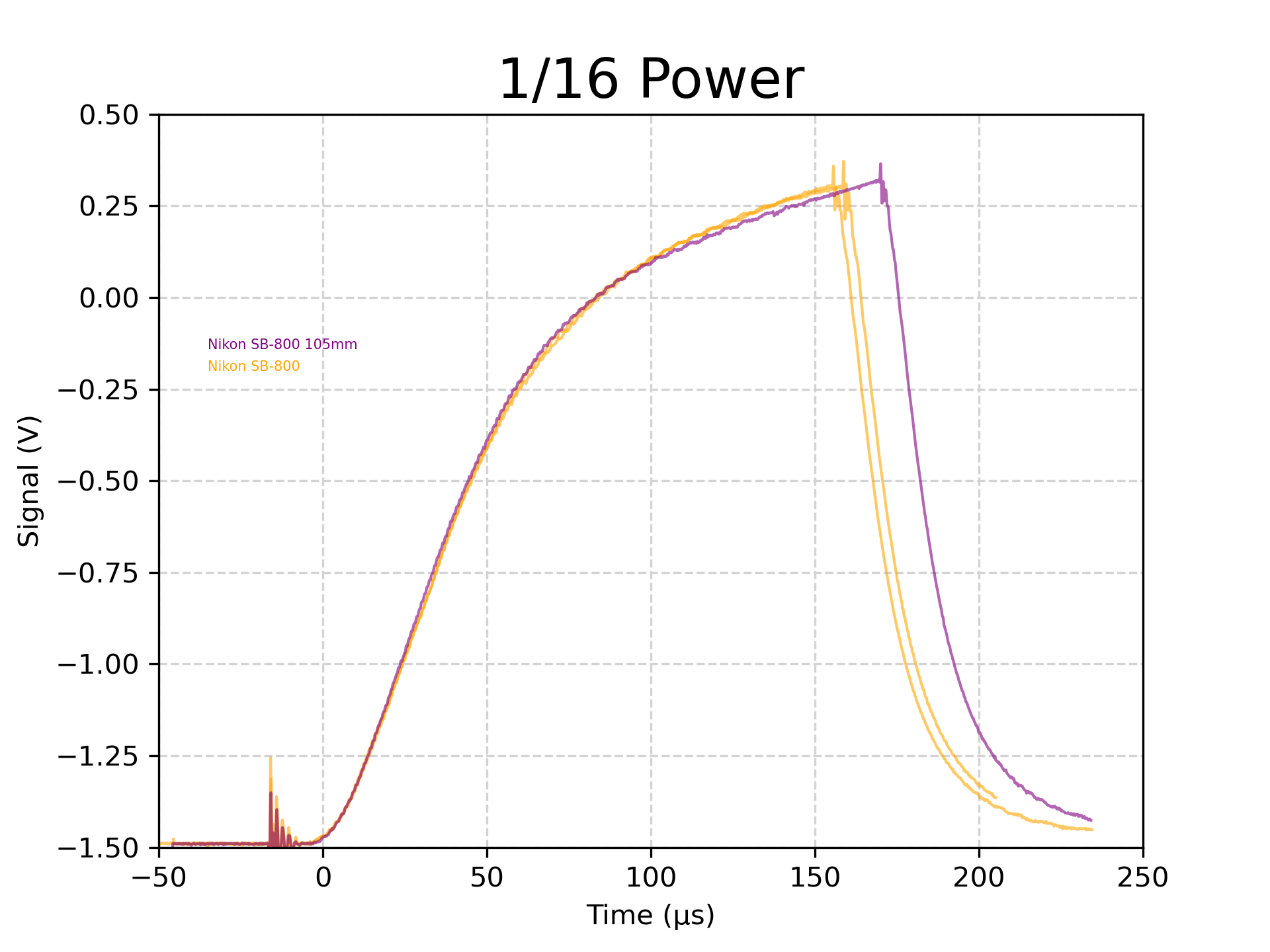Using Speedlight Strobes for High-Speed Photography
Thanks to various sources on the internet, I learned that speedlight strobes are fairly fast but not quite fast enough to truly freeze a bullet. Speedlights work differently than studio strobes in that the flash exposure is controlled by the amount of time that the IGBT is turned on and current is flowing through the xenon flashtube. So the best power level for high-speed photography is the minimum power setting, typically 1/128.
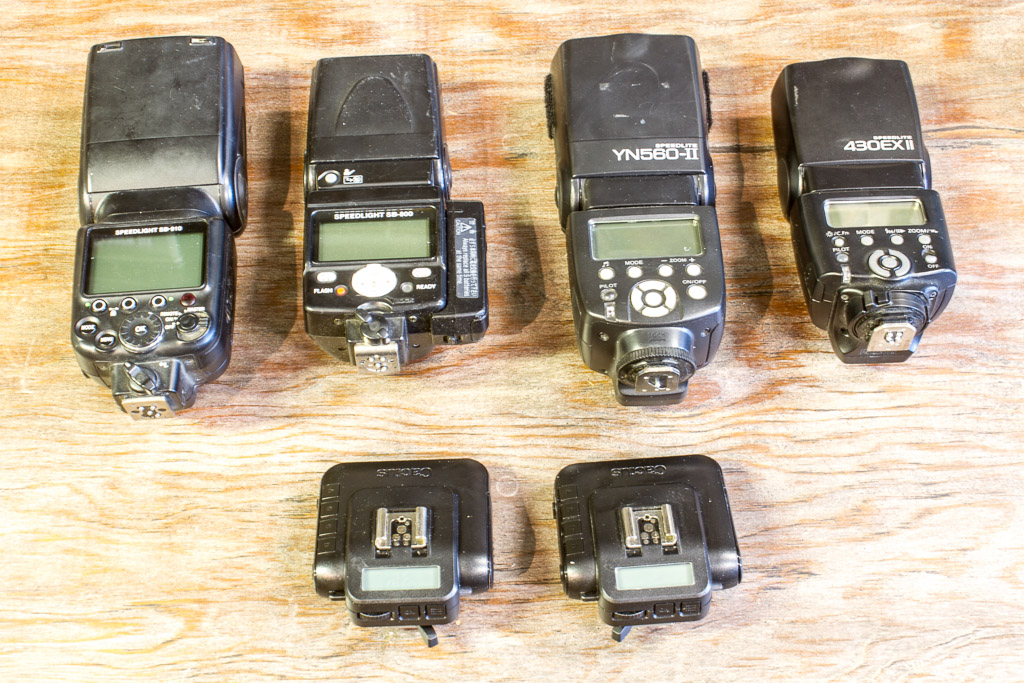
However, during the TTL pre-flash, speedlight strobes will emit an even shorter flash pulse! This extra-short flash is not an available setting, but Cactus appears to have figured out how to command an extra-short flash and their V6 transceiver has an option for extra-quick strobe duration: LO.
In an effort to find the best speedlight strobe for high-speed phtogoraphy, I tested four Speedlight strobes (Nikon SB-910, Nikon SB-800, Yongnuo YN-460 II, and Canon 430EX-II) both with AND without the Cactus transciever. The bottom line still remains: an LED flash still outperforms any speedlight strobe in terms of speed!
Test Setup
I used NQTRONIX’s active light probe to measure the light output from each strobe. It would be simple to aim the strobe directly at the probe, but unfortunately each flash might have a different diffusion profile – some beams are wider than others. Wider beams would appear to be less powerful than narrower beams to the probe, even at the same power output.
The solution is to use an integrating sphere, which is a ball with ports for the strobe and probe. The strobe shoots straight down into the sphere and the probe comes in at a 90-degree angle.
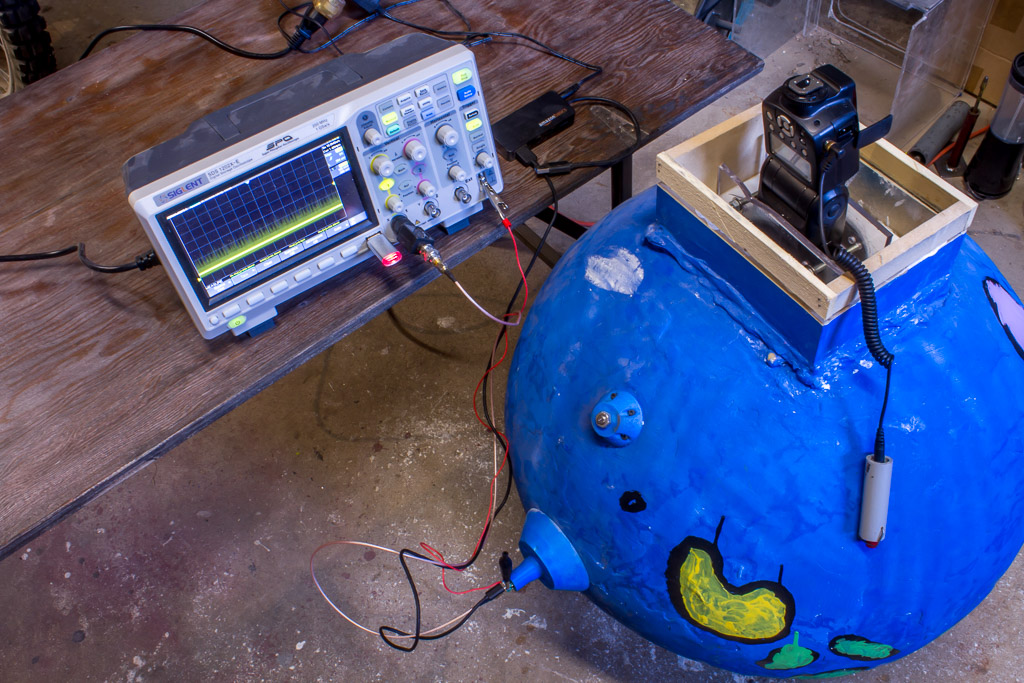
A baffle is positioned midway between the strobe and the probe. The baffle blocks direct light transfer between the strobe and the probe. The theory is that only reflected light reaches the probe.
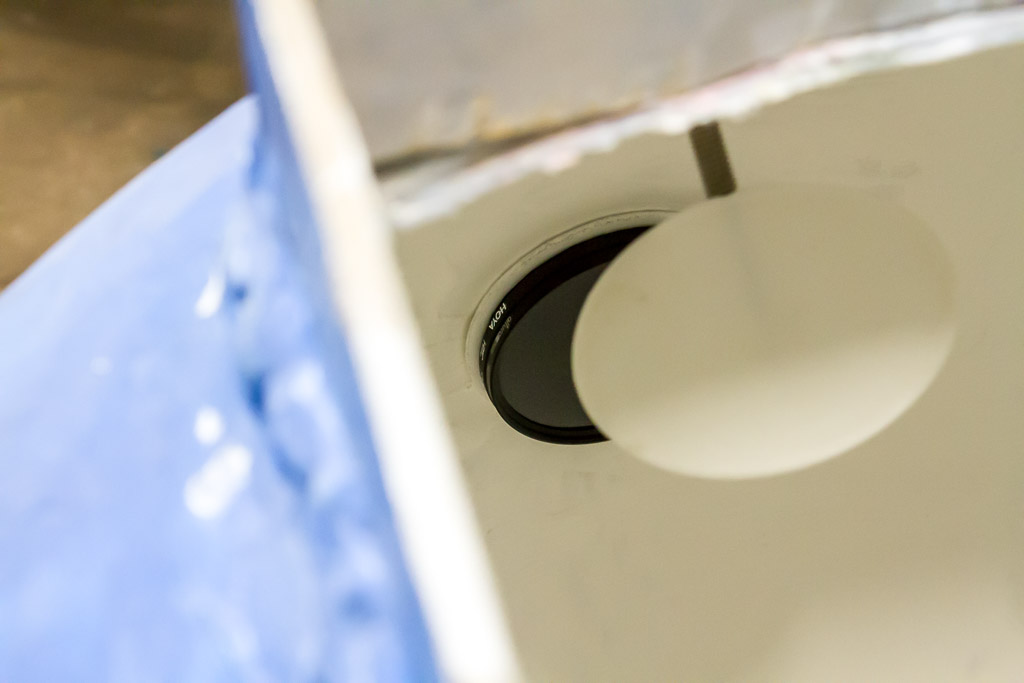
The probe is very, very fast but has a limited range of light input. It can be permanently damaged if it’s overloaded. In order to bring the light level down to an appropriate level for the probe, the sphere has a mount for 77mm ND filters. I have a 10-stop, 6-stop, and 2-stop ND filter. Using a 10-stop and 2-stop in the optical train is perfect for the strobe’s lower power levels, but the strobe began clipping at around 1/16 power. We stopped increasing power immediately when clipping was noticed.
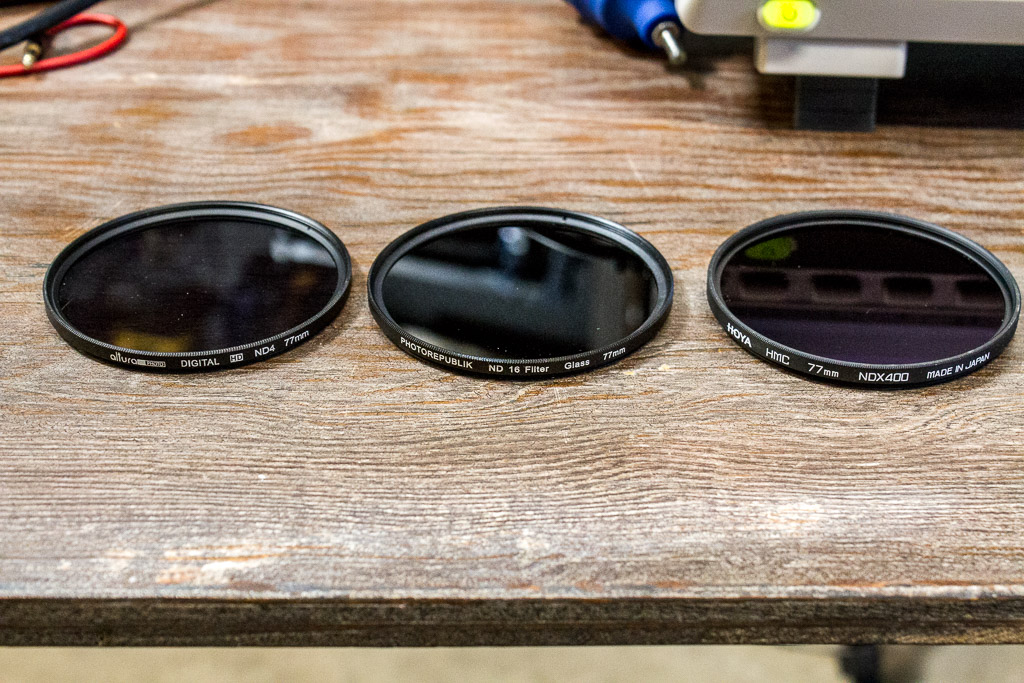
My Assistants
I had some help conducting the test.
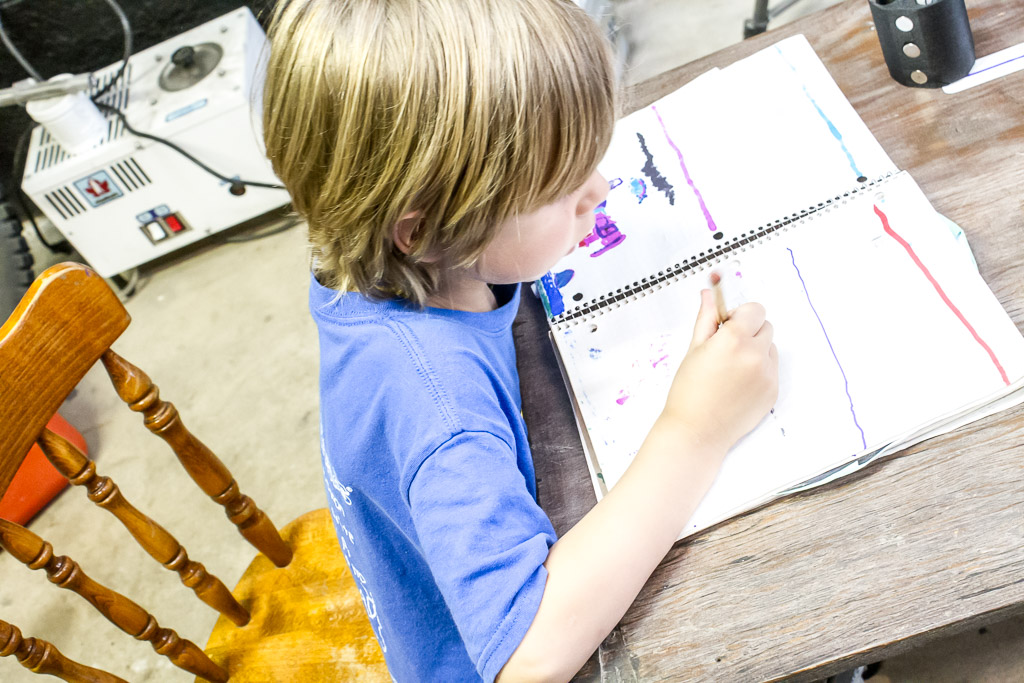
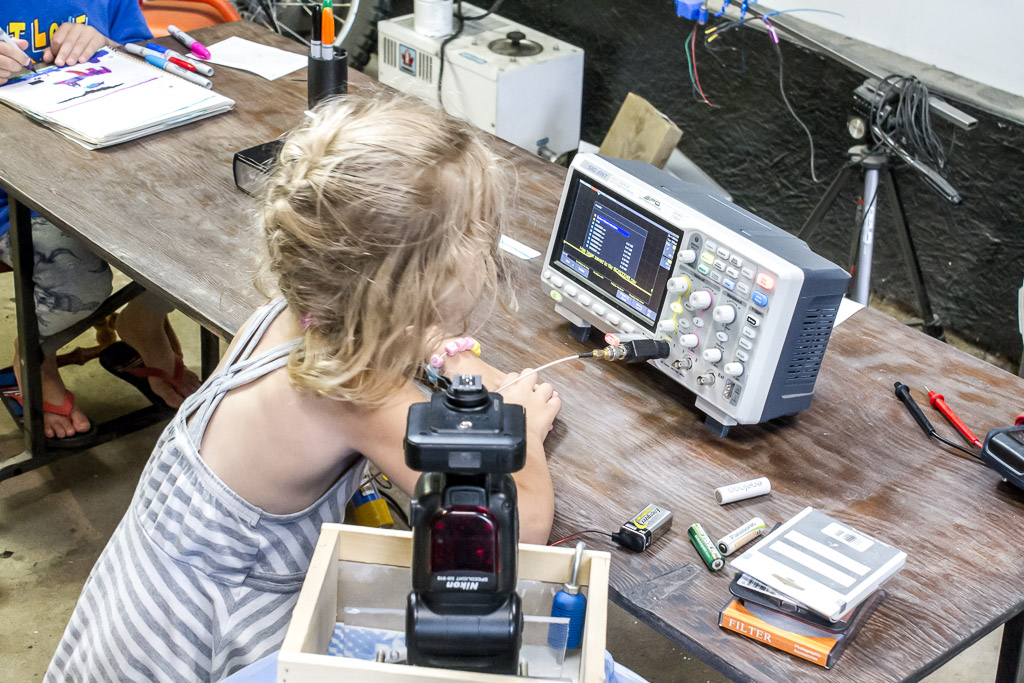
The test notes were barely legible, but the pictures they drew are hanging in my lab! Testing took about 2 – 3 times longer than necessary, but the opportunity to share my hobbies with my kids is awesome! By the end of testing, they were both fully trained.

Test Procedure
For each strobe, my assistants and I performed three tests at each power level. Testing started at the lowest power level possible (LO for the Canon and Nikons, 1/128 for the Yongnuo since it was not compatible with the Cactus) and power increased by one full stop. Testing stopped immediately if we saw clipping. The active light probe gives a very obvious signal when it begins to clip. All testing was performed with the strobe beam set to 28mm (except for a special series of tests at 105mm). Below is a screenshot of the Nikon SB-800 at 1/128 power.
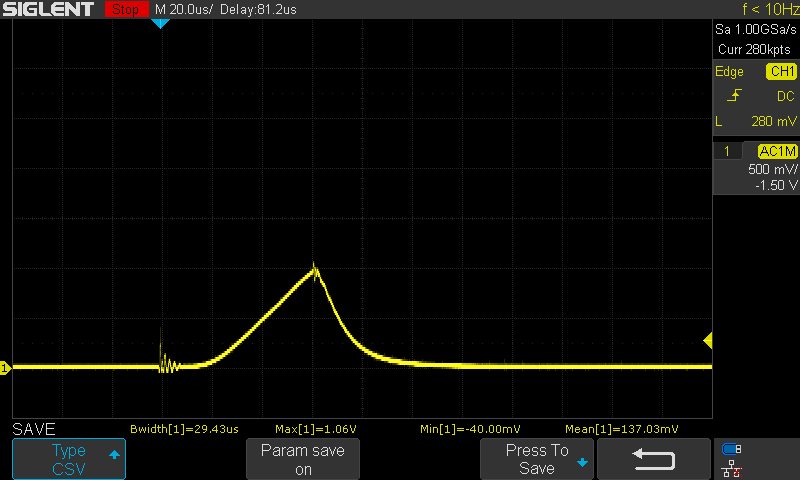
The ringing just prior to the start of the pulse is from the speedlight’s IGBT turning on. The active light probe is sensitive to EMF, and I mitigated that somewhat by installing it inside an aluminum case. That ringing may be useful though, as it shows the delay between the speedlight’s trigger and the actual light output.
Data Processing
The raw and processed data are available at https://github.com/td0g/high_speed_flash/tree/master/Test%20Data/2020-08-01.
The flash duration and power can be quantified with three values: max light level, T0.1 time, and T0.5 time. The max light level is indicated by the max voltage from the active light probe. It’s not an absolute measurement since the light train isn’t really standardized, but it does show the relative power between flashes and power levels. The T0.1 and T0.5 times are the length of time that the light level is above 10% and 50% of the maximum light level (respectively).
The screenshots from the oscilloscope are useful, but I wanted to have actual measurements times. So for each test, we saved a .csv of ~200,000 data points and I analyzed them later. Since I use mostly Free Open-Source Software (FOSS), I planned to use Libre Office Calc to process the .csv files. NOPE! Libre Office crashed constantly on the large dataset and I quickly gave and switched to Python. Below is an example of the Python analysis from the same test shown above.
The Python script I wrote imports the dataset, applies a 5th-order Butterworth filter, plots it, and calculates the Max Voltage (light level), T0.1 time, and T0.5 time. I’ll be the first to admit that my Python code is not terribly clean and my knowledge of filter design is VERY basic, but I believe the data is fairly trustworthy. If anyone has thoughts, please comment!!!
Cactus V6 ‘LO’ Power Level
So is the Cactus V6 useful for high-speed photography? Yes! Compare the trace above (no Cactus V6, 1/128 power) to the ‘LO’ power trace:
It’s still not as fast as an LED strobe, but it is better. Setting up the manual strobe power on the Cactus V6 wasn’t intuitive and I somehow ended up with a series of ‘Extra LO’ strobes. If I figure out how to intentionally set the power to this Extra LO power level, I will add some instructions. Here’s the trace:
The Cactus V6 seems to affect even the normal flash output levels. I’m curious as to how the Cactus controls the flash duration. Here’s an example comparing the SB-800 with and without the Cactus:
Model Overview
Here’s an overview of the other models I tested. I tested all of them (except the Yongnuo) both with AND without the Cactus. Following are tests without the Cactus, as the Cactus seems to affect the light output. All of my test data is available on the repository.
The SB-910 is quite powerful, and it should be! Nikon’s flagship flash is big and expensive. The Yongnuo, on the other hand, is quite cheap and is even better for high-speed photography!
And finally, the Canon. It’s a good flash for typical photography, but is not very suitable for high-speed photography. There’s also a strange issue with the 1/8 power trace, I believe it is due to a filtering issue in Python.
Model v Model (At the same power)
Here are some interesting comparisons. The Yongnuo stands out as the fastest at 1/128 power and above, but it is not compatible with the Cactus transceiver and the LO power setting was not available. Both Nikons were comparably fast at the LO power setting, and the Canon is simply not the best contender for high-speed photography.
Variations Within The Same Model
I happen to own two copies of the Yongnuo. All of the above data was collected with unit #1, but I decided to do a few tests with unit #2. It turns out that there is a slight difference in power output, but it’s not really significant. The Yongnuo is by far the cheapest of the strobes tested, so I would expect the Nikons, Canons, and other ‘name brand’ strobes to be even more consistent.
Integrating Sphere Sensitivity to Beam Pattern
As mentioned, I conducted a few tests at 105mm to compare the test setup’s sensitivity to the beam pattern. Bottom line: it’s not very sensitive, which is good! There’s some obvious variation in the timing, which is not caused by the integrating sphere. The slight difference in power is most apparent at 1/128 and 1/64, but given the major change in the beam pattern I feel that the integrating sphere does a good job. Any minor differences in the beam patterns between speedlight models won’t affect the results in any significant way.
Last updated 2020-08-10

